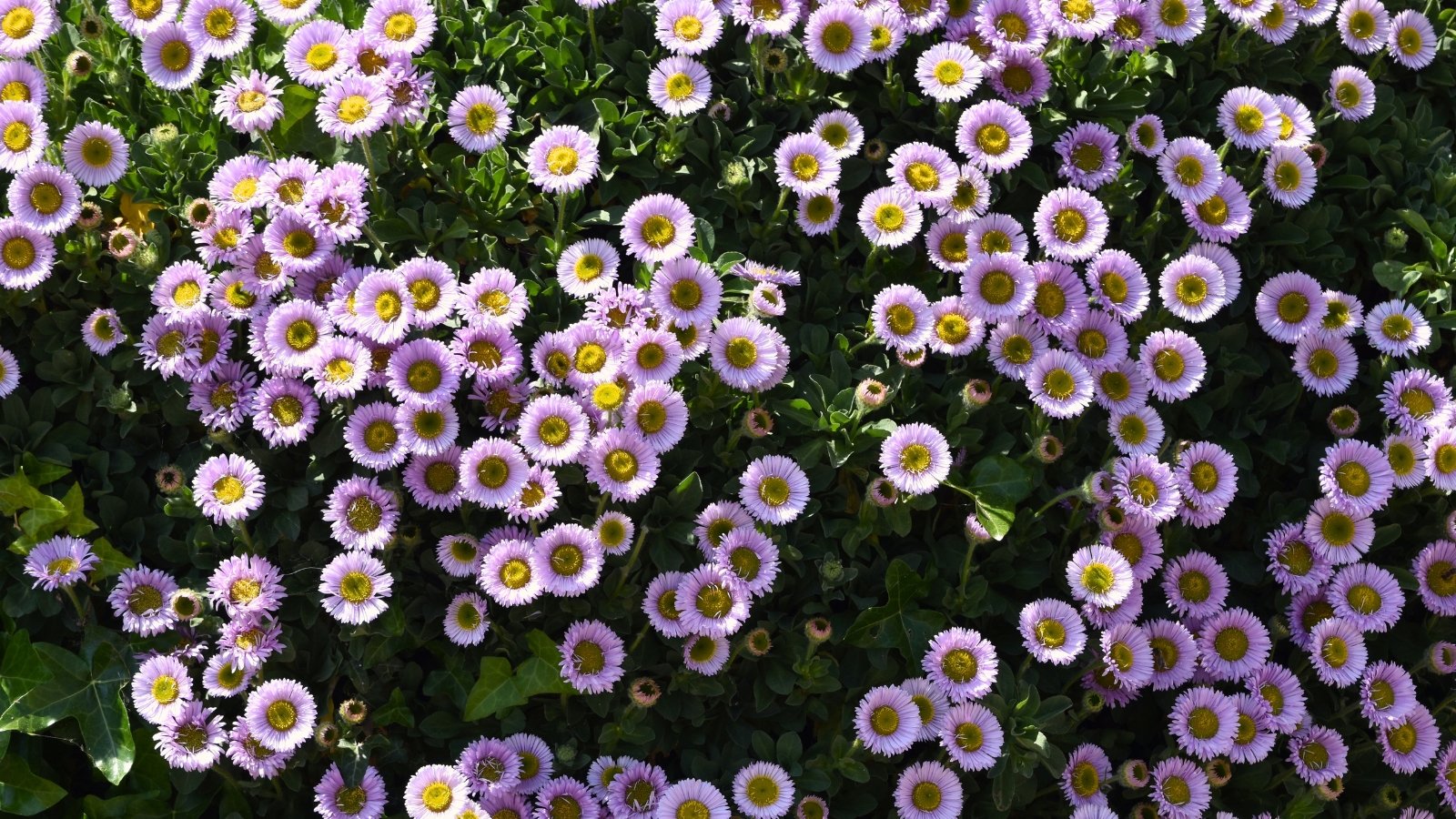California is dwelling to varied ecoregions and expansive plant communities, from alpine woodlands and meadows to coastlines, valleys, and deserts. Its fantastic landscapes present infinite options for discovery and foster otherworldy occurrences like wildflower super blooms. The breadth of vary, even with out such an unlimited current, is awe-inspiring.
With varied ecotypes come varied helpful useful resource needs and adapting and managing parts like wildfires and water entry. Californians are well-versed in fire-safe practices and waterwise gardening, which is wise in numerous areas of the state.
Flooring cowl vegetation adapt to numerous circumstances and supply engaging flowers and foliage with extreme seasonal curiosity. They serve to soften and unite yard areas. As well as they suppress weeds, stabilize soils, and current habitat by shelter and forage.
From miniature groundcover to low-growing perennials, these species in a position to infill gaps and revegetate grassy areas all by means of California. The result is a tapestry of fascinating textures and variations, correctly -adapted to native circumstances. Our document of vigorous, low-growing California native groundcover vegetation is tailor-made for curiosity and value all through the seasons.
Bearberry


Bearberry is a hardy, broadleaf evergreen creeper that spreads slowly. This native provides curiosity all through the seasons and worthwhile fruits for wildlife. Pinky-white blossoms in summer season lead to inexperienced drupes that flip shiny crimson in fall. The darkish inexperienced leaves moreover get bronze tinges with winter temperatures.
The rugged grower does best in dry circumstances and tolerates dappled delicate beneath tree cowl. It thrives in arid, cool climates and doesn’t withstand extreme humidity, rising naturally in dry web sites like rocky areas, open woods, and meadows. It spills over partitions and container edges and alongside slopes. It’s moreover good for infilling small areas throughout the yard mattress and alongside walkways.
Together with the species are totally different manzanita cultivars that kind engaging cascading spreaders. ‘Emerald Carpet’ is full and dense with darkish, shiny leaves that slowly kind a mounding conduct. ‘Degree Reyes’ in paler inexperienced boasts distinctive drought tolerance and adapts to various soils.
California Aster
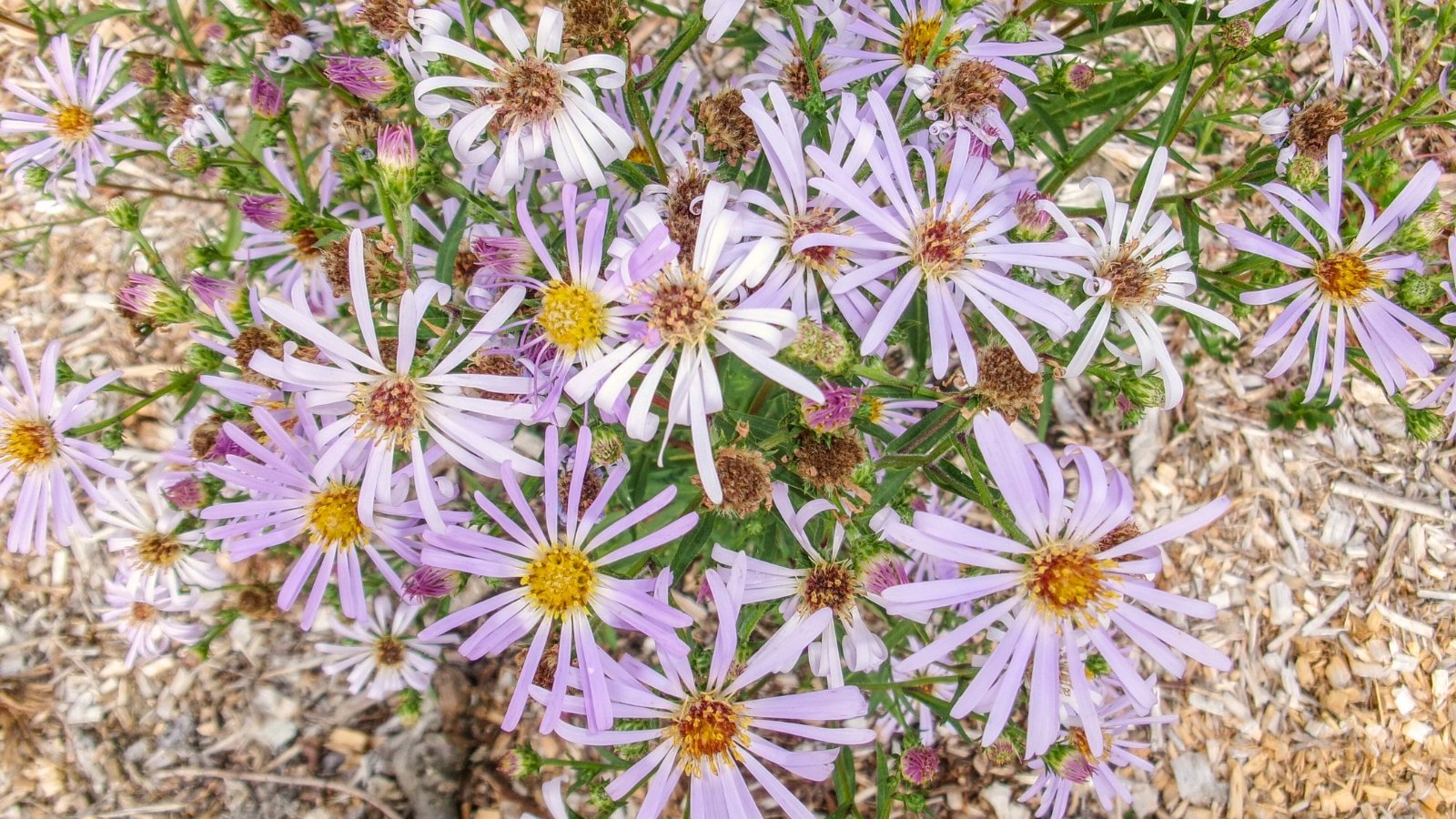

This charming Western wildflower has blue-lavender ray booms in late summer season and fall. It grows all through rising zones and in coastal dunes to dry inland ecotypes, withstanding poor soils, drought, and salty circumstances.
California aster spreads by rhizomes and seeds and sends out new progress in late winter. Furthermore, this aster hosts moth and butterfly species, and its seeds current forage for songbirds post-bloom.
‘Degree Saint George’ is a vigorous alternative that spreads readily. It naturalizes correctly and bears delicate foot web site guests.
Western Sword Fern
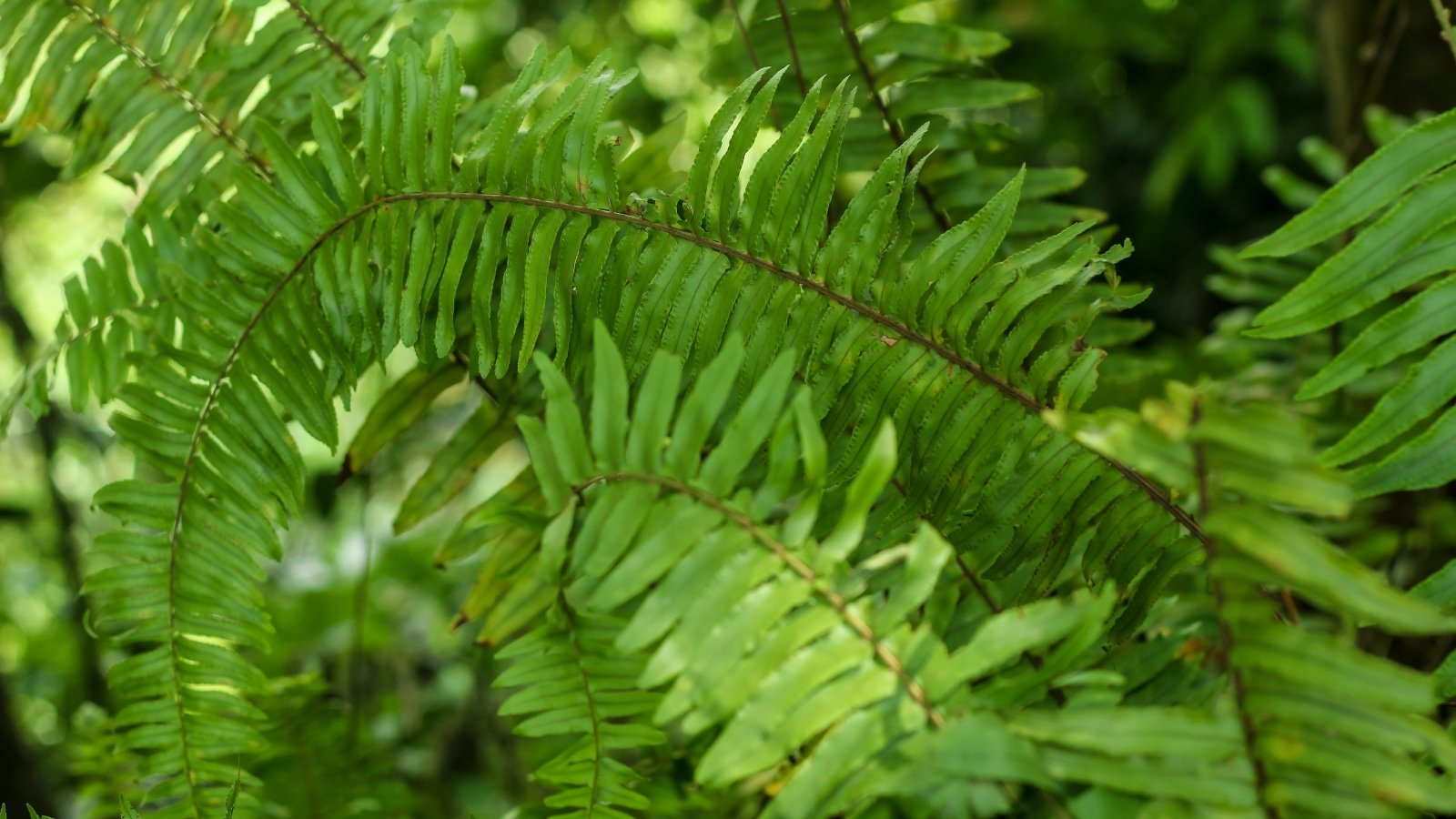

Ferns add lushness to the understory with a mild, swish, arching aesthetic. Turning into for cottage, woodland, shade arrangments, and amongst totally different natives, they make supreme mass plantings. California’s mountains and coastal woodlands dwelling a wide range of award-winning picks worthy of admiration.
Western sword ferns are stately specimens among the many many group, with broad, unfurling fronds on an enormous scale. Sword ferns are evergreen in mild climates and semi-evergreen in cooler areas. Each plant may keep 75 to 100 fronds with a width of 4 to six ft. Little leaflets line the fronds, each coming to a level or sword tip. Furthermore, this fern, particularly, is a Royal Horticultural Society Award of Yard Profit recipient.
One different AGM winner is the big chain fern (Woodwardia fimbriata), the largest fern in North America. The woodland grower has monumental, lacy, patterned fronds in deep inexperienced and makes a handsome specimen in shady beds.
California polypody (Polypodium californicum) is one different lush fern with modern, rich inexperienced fronds from fall by spring (and year-round in cool, moist circumstances). These one-to-two-foot extreme fronds die once more in scorching and dry summers until reemerging with fall rains.
Douglas Iris
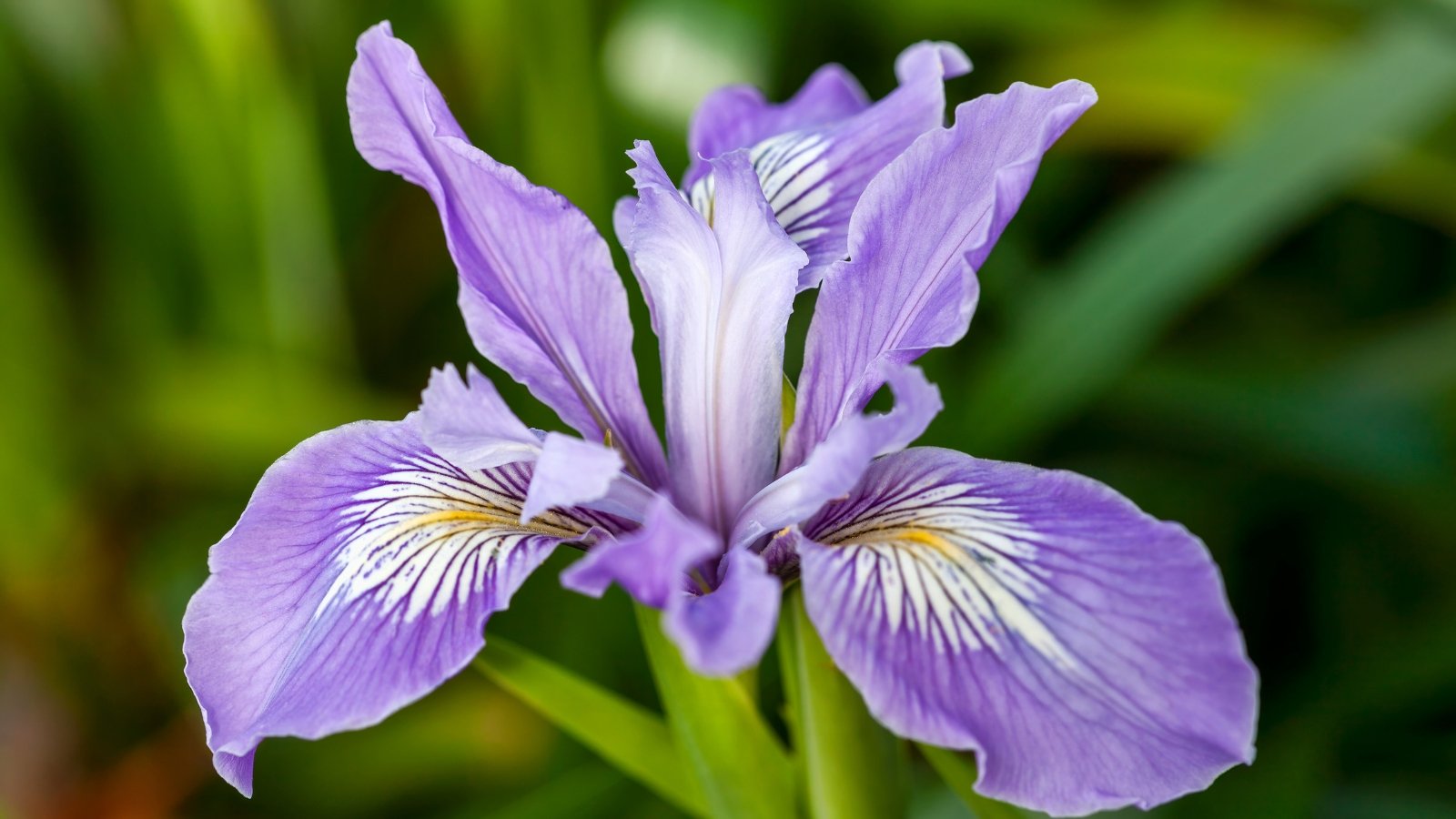

Douglas iris, moreover known as mountain or western iris, spreads by rhizomes to kind a two to four-foot clump and in the end colonize. Darkish, evergreen leaves are arching and strappy. They provide method to massive, silky blue-purple blooms on stout stems. White crests with purple veins and gold services line the within petals.
Douglas iris has a range alongside the Pacific coast from Santa Barbara to Oregon and is frequent throughout the Redwood space. It grows fantastically as a naturalistic flooring cowl in woodland, meadow, and Mediterranean preparations. The bladed straps are engaging even when not in flower.
Wild Ginger
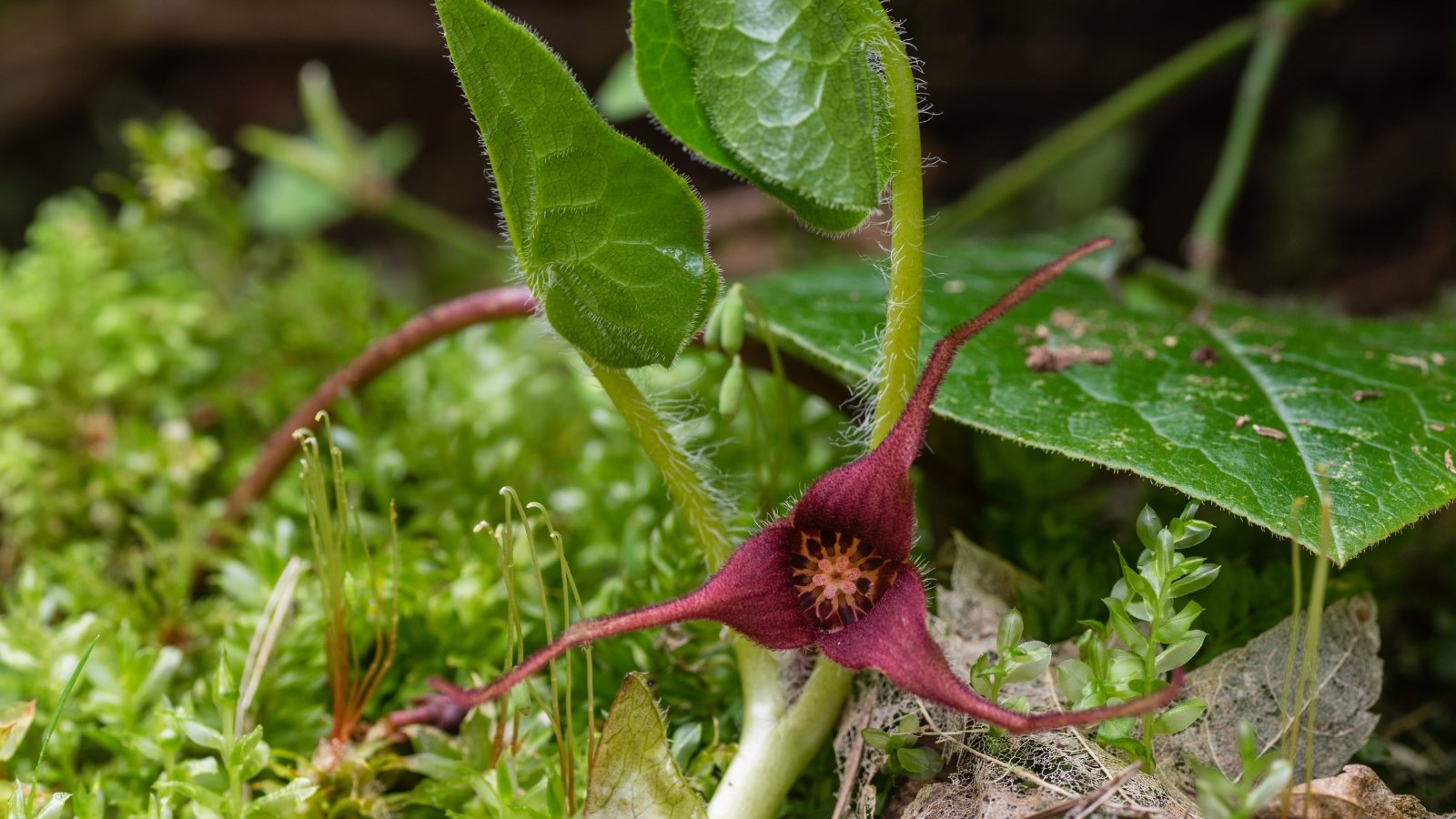

Wild ginger brings delicate magnificence and glorious foliage curiosity with heart-shaped leaves. Every A. hartwegii (Hartweg’s ginger) and A. caudatum (Western ginger) are California natives. Western iris has shiny, thick, textural darkish inexperienced leaves. Hartweg’s is thick and rich inexperienced with lighter silver venation.
The sweet herbaceous perennial has a compact, mounding conduct stuffed with leafy hearts. Their fleshy root has a spicy ginger aroma and style and is edible. Maroon blooms appear beneath foliage with little cups surrounded by three spidery petals.
Wild ginger slowly sorts a dense colony over time. It prefers moist and well-drained soils nevertheless tolerates quite a few varieties, along with clay.
Blue-Eyed Grass
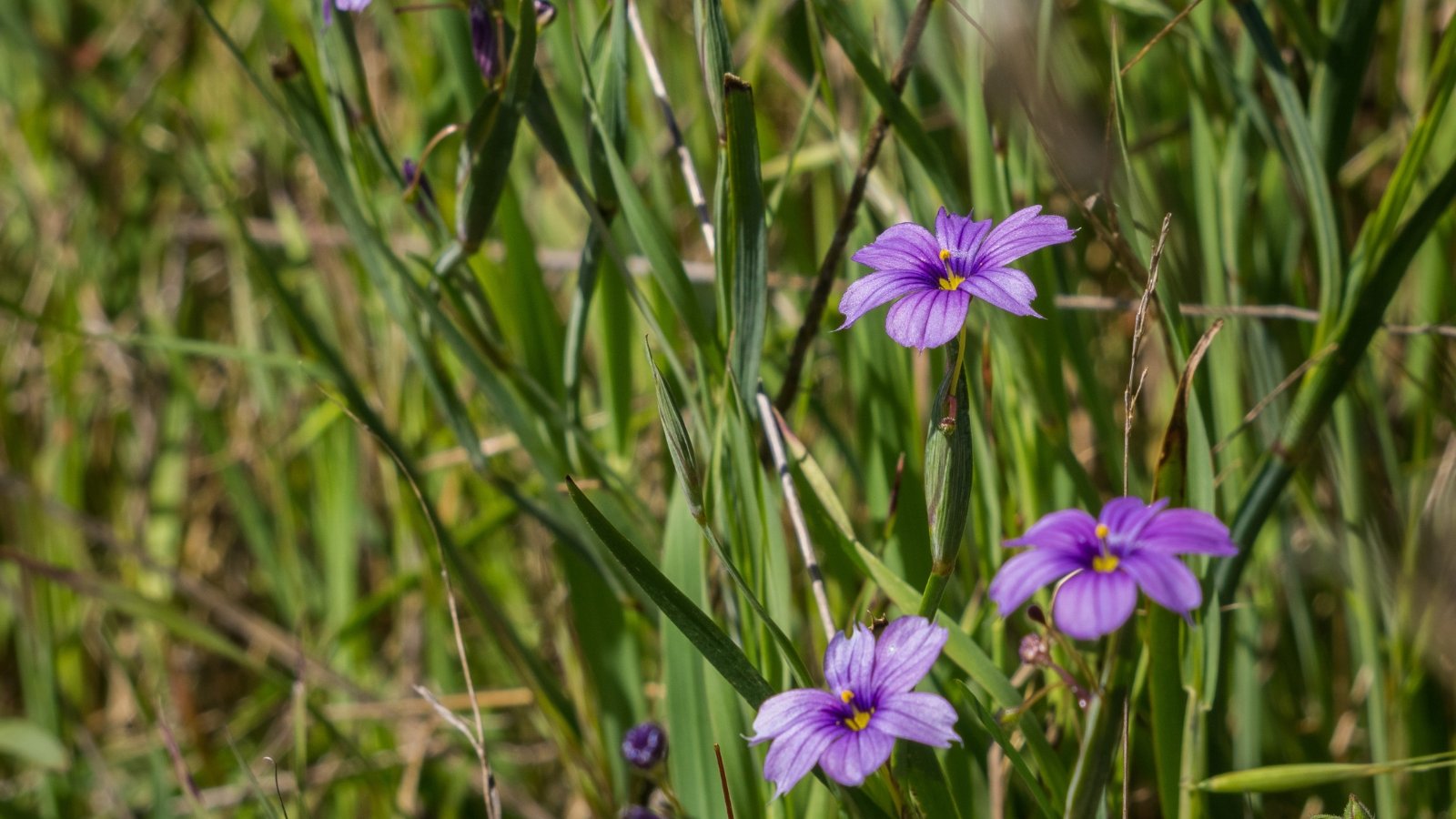

Blue-eyed grass is a blooming perennial with stiff, upright blades and a grassy texture. Its starry blue blooms current a mild look to the implausible, rigid foliage.
Sisyrinchium species are fairly a number of and native to North and South America. Sisyrinchium bellum grows from Baja north to the Cascades and Vancouver. It has violet blooms with darkish purple veins and yellow services. Nonetheless, this perennial goes dormant throughout the heat of summer season and restores with winter rains and funky temperatures.
Flowers emerge in winter by spring. Each bloom lasts solely a day nevertheless has a succession prepared, and as each fades, one different one takes its place.
Carmel Creeper Ceanothus
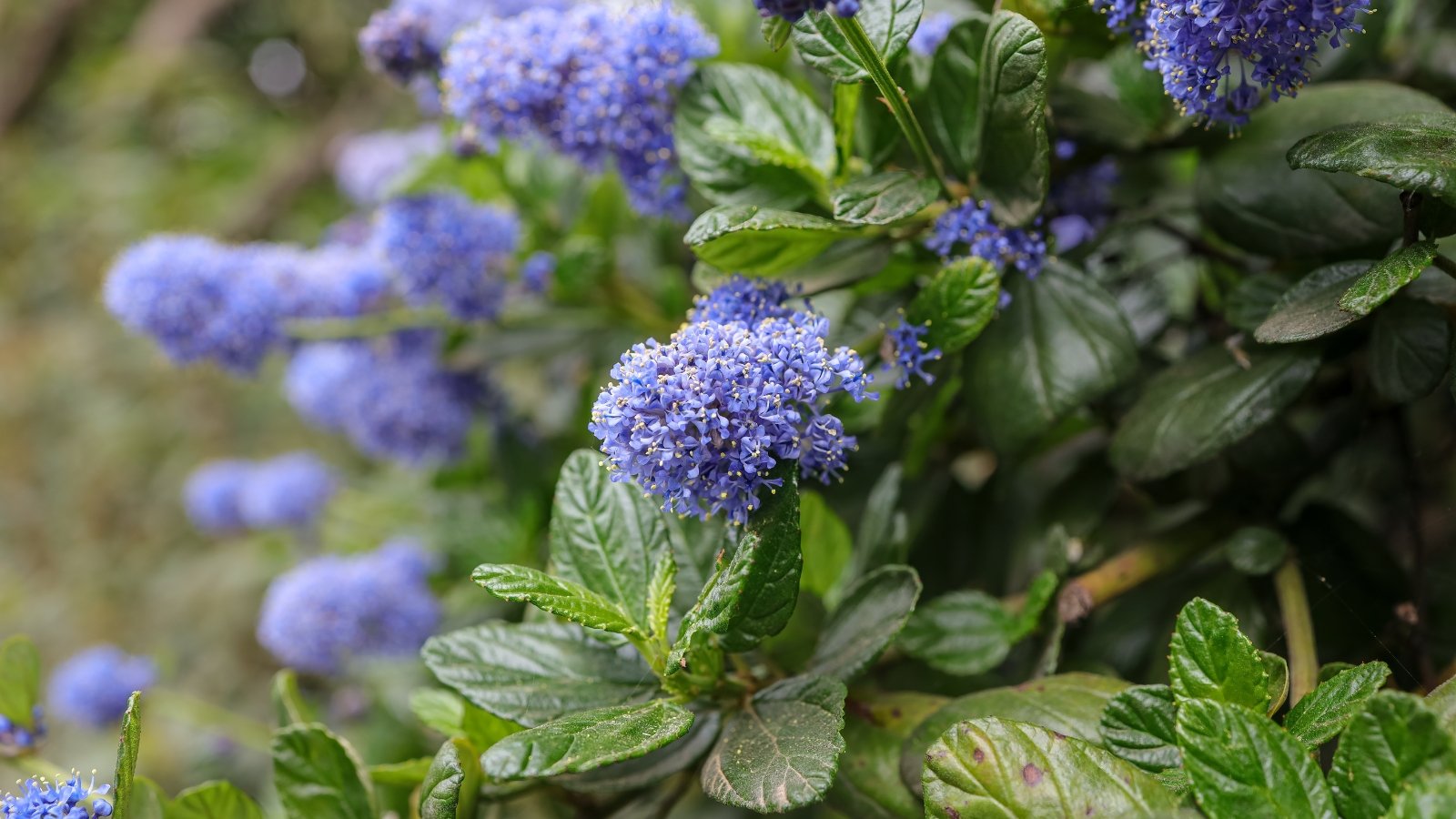

Ceanothus is a signature of California natives and shines throughout the coastal chaparral, dotting open woodlands, trails, and yard borders with showy tufts of lilac clusters. The west coast of North America displays one of the best vary of species.
A low-growing evergreen species, Carmel creeper has rounded, shiny, textural leaves and horizontal, stiffly arching branches. In winter and spring, delicate blue flower clusters cowl the darkish foliage.
‘Yankee Degree’ is a vigorous, sturdy alternative with profuse darkish blue blooms. The fast-grower creates a cascade of lilac plumes. It grows correctly in its pure coastal habitat and as well as grows inland with a bit little bit of shade. It withstands drought as quickly as established and is salt-tolerant.
‘Centennial’ has a sprawling conduct with darkish violet-blue floral safety in handsome kind. Present in Sonoma County and launched by UC Botanic Yard, it’s a pure hybrid between C. griseus and C. foliosus.
Spreading Phlox
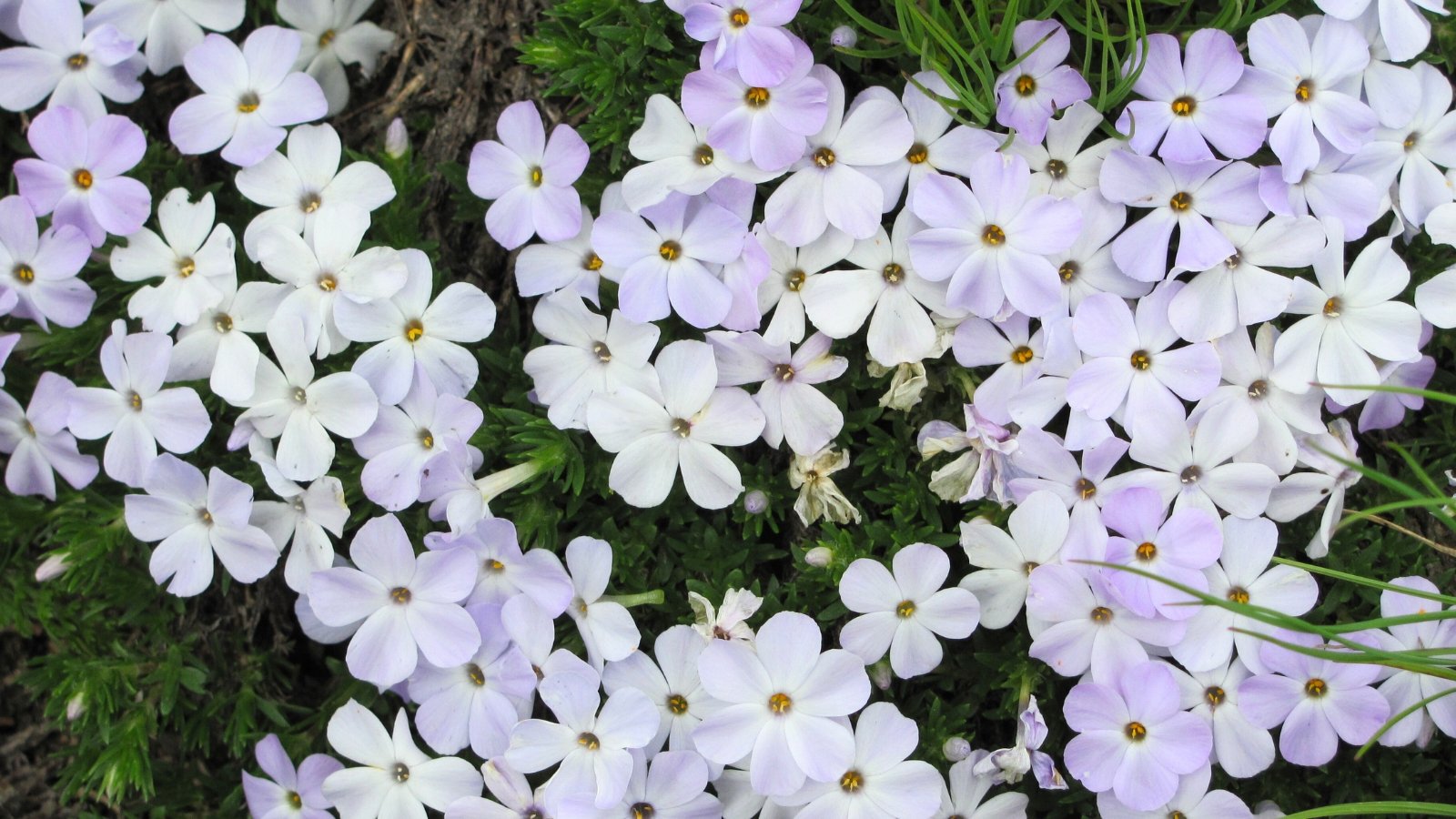

Spreading phlox is a low-growing, mat-forming creeper with dense foliage. The straightforward-care perennials are versatile for lots of circumstances, from rocky areas to erosion stabilization zones.
Inside the spring, dainty clusters of fragrant white, pink, or purple-blue flowers appear on the data of stems. Slim, semi-evergreen leaves create a free carpet that showcases the florets and softens the present even when not in coloration.
Seaside Daisy
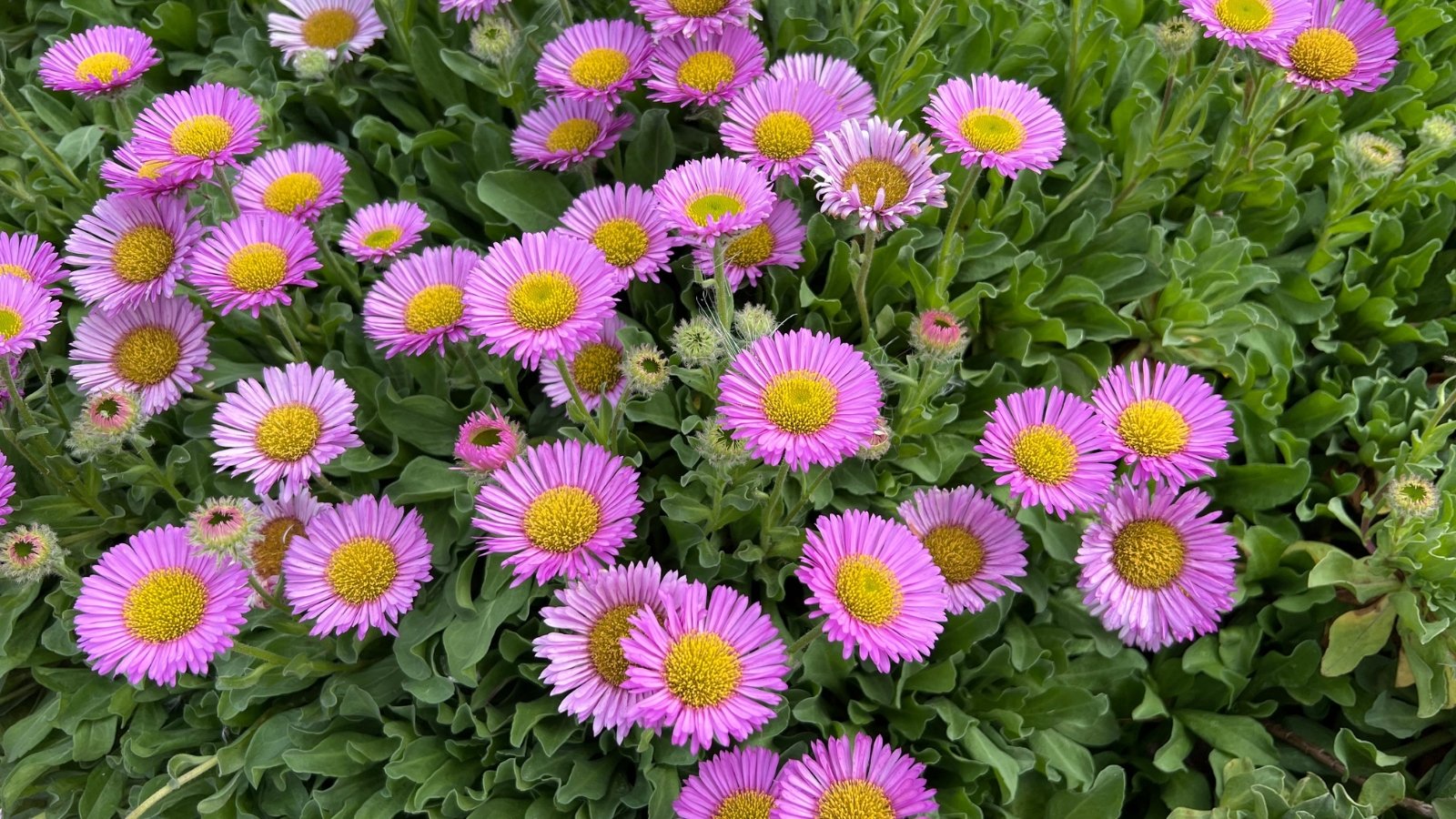

This evergreen, clumping perennial sorts a sweet carpet of lilac-pink daisies with yellowy chartreuse services from spring by fall. Mounding foliage is gray-green and spreads about two ft.
These perform correctly on the coast and don’t ideas salty circumstances. Inland, they do best with delicate shade in hotter circumstances. Seaside daisies are comparatively drought tolerant, though they seem best with occasional moisture in pure soils. Decrease them once more to revive vigor within the occasion that they get leggy as a result of the season progresses.
‘Bountiful’ maintains a dense, compact kind with greater lavender daisies. It’s moreover a range from Rancho Ana Botanic Yard in Claremont, California. Erigeron glaucus performs correctly throughout the border and containers for years of coloration.
California Fescue
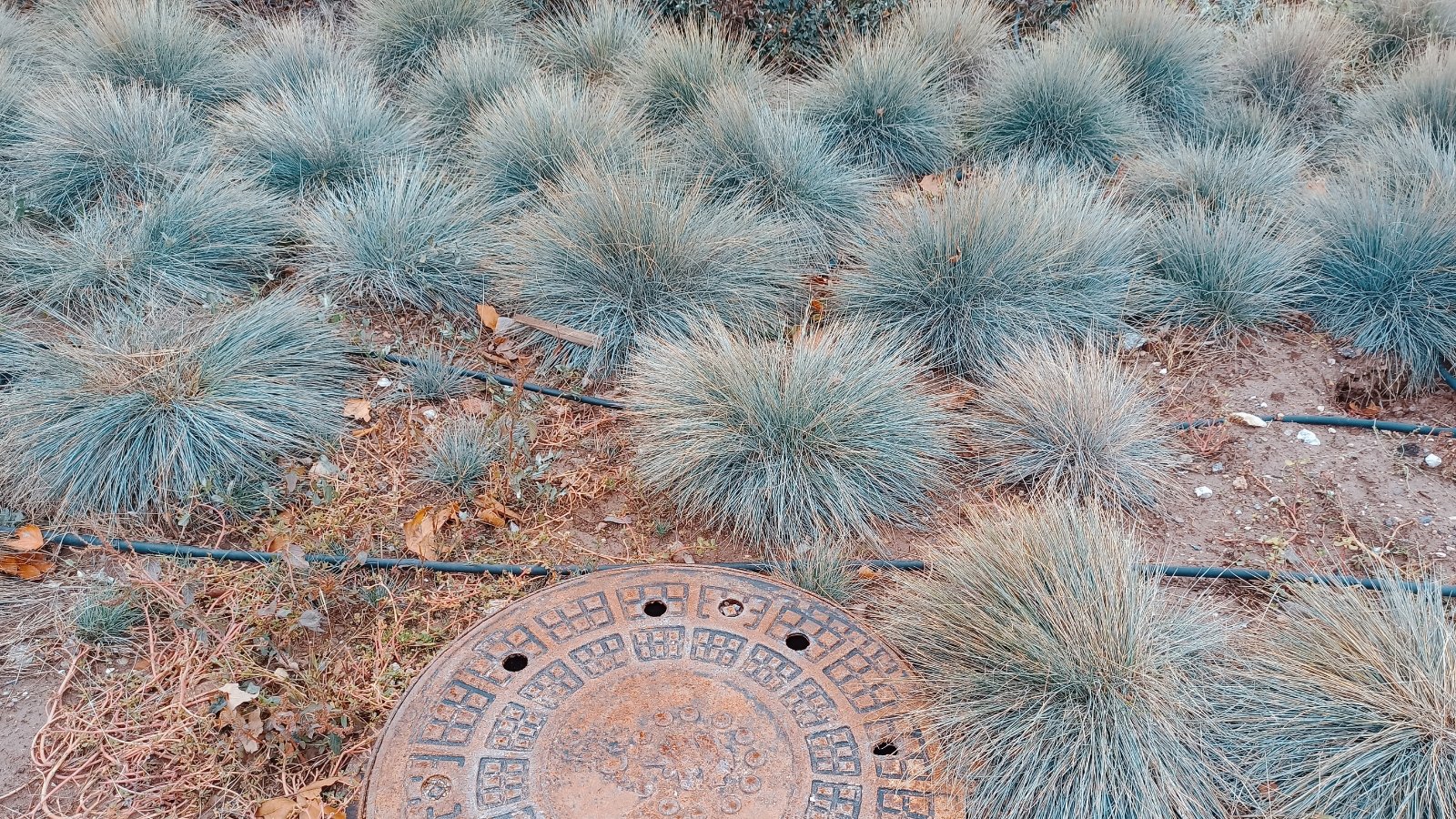

California fescue is a powerful clumping grass with a quick progress worth and easy rising. Excellent-bladed foliage sprays from the underside in an arching fountain of blue-gray. In spring and summer season, ethereal plumes rise above the blades and change tawny. Birds profit from the seeds.
This fescue is native to the Coast Ranges from San Luis Obispo on the central coast of California to Oregon and to the Cascades, performing as an ornamental specimen or massed groundcover. With deep roots, it does correctly on slopes along with eroded areas and revegetated grasslands. It moreover works as a turf varied (the place turf is used as a vista, a lot much less for interacting). It grows correctly beneath indigenous oaks.
California fescue is evergreen in mild winters. It’s not an aggressive spreader and maintains a tidy conduct. It moreover withstands drought and variable rising circumstances, along with poor soils.
Darkish Throat Capturing Star
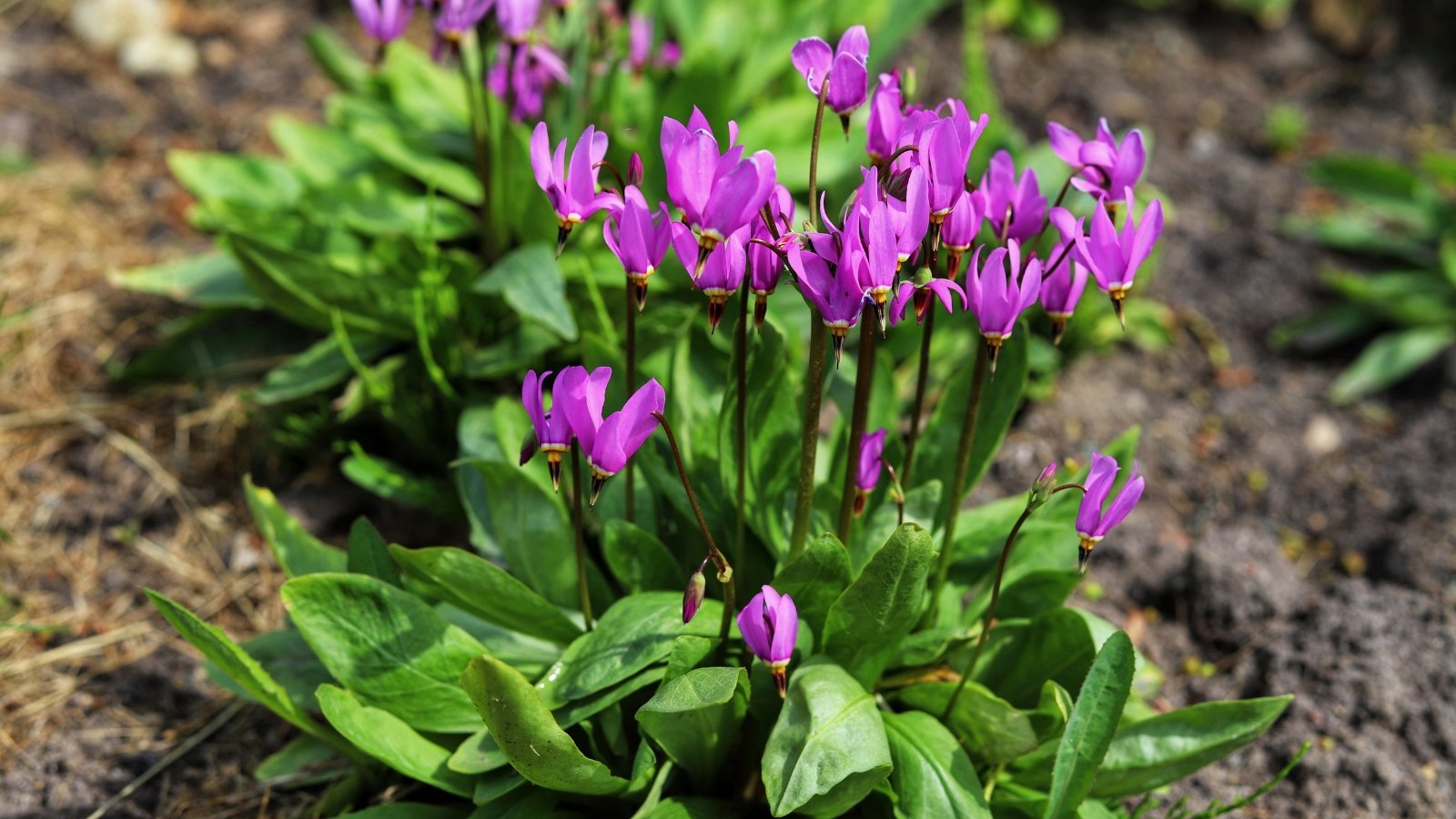

The Dodecatheon genus is native to North America, and D. pulchellum is a westerly species. The wildflower produces slender stems of clustered, nodding blooms in late spring and early summer season, with as a lot as 20 per plant.
The distinctive upswept petals gently path behind a central, downfacing degree, like stars descending. In shiny magenta, blooms have a white collar and golden base. The flowers resemble their cyclamen kinfolk, and they also, too, enter summer season dormancy or sluggish progress all through scorching or dry spells.
Darkish throat taking footage star obtained the Award of Yard Profit for its current and effectivity. Capturing star progressively sorts colonies in optimum rising circumstances, considerably these with widespread moisture.
Scarlet Monkeyflower
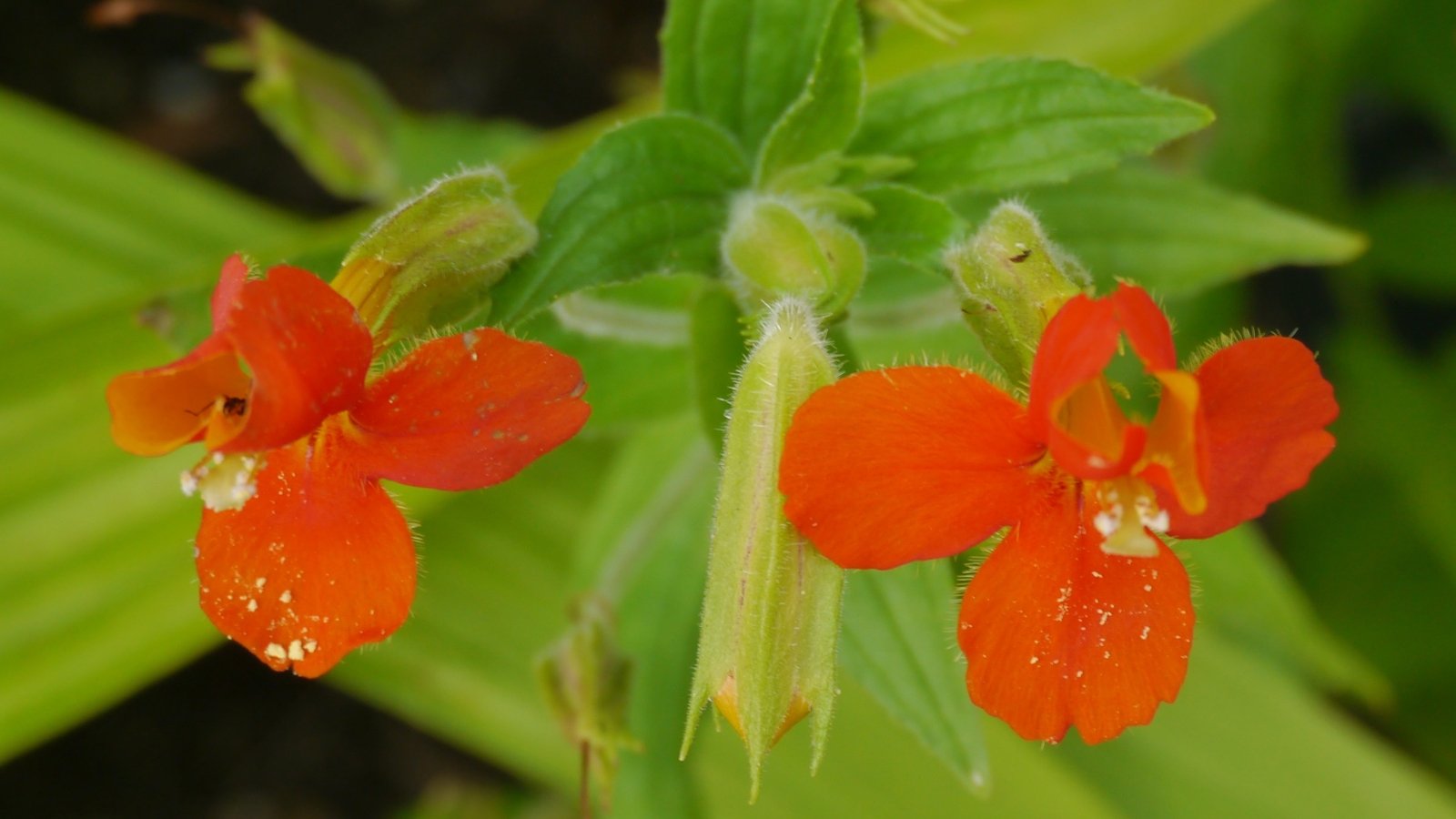

Monkeyflower is a genus of flowering annuals and perennials, counting on the species. M. cardinalis naturalizes in optimum rising circumstances and withstands zone 6 with sheltered winter security.
Scarlet monkeyflower displays snapdragon-like tubular blooms from June to October above dusky inexperienced leaves. The spreader establishes by rhizomes and self-seeding and prefers moist web sites. Occurring from Washington to California and throughout the southwest to Mexico, M. cardinalis grows alongside streambanks, wetland margins, low spots, and near springs. Accordingly, it does best with fixed moisture throughout the border, container, or naturalized situation.
Primrose monkeyflower, M. primuloides, is a creeping, mat-forming species with shiny golden flowers. The plant may solely attain plenty of inches extreme, with flowers rising on slender stalks in summer season. Like its scarlet relative, primrose moreover prefers moist circumstances.
Lance Selfheal
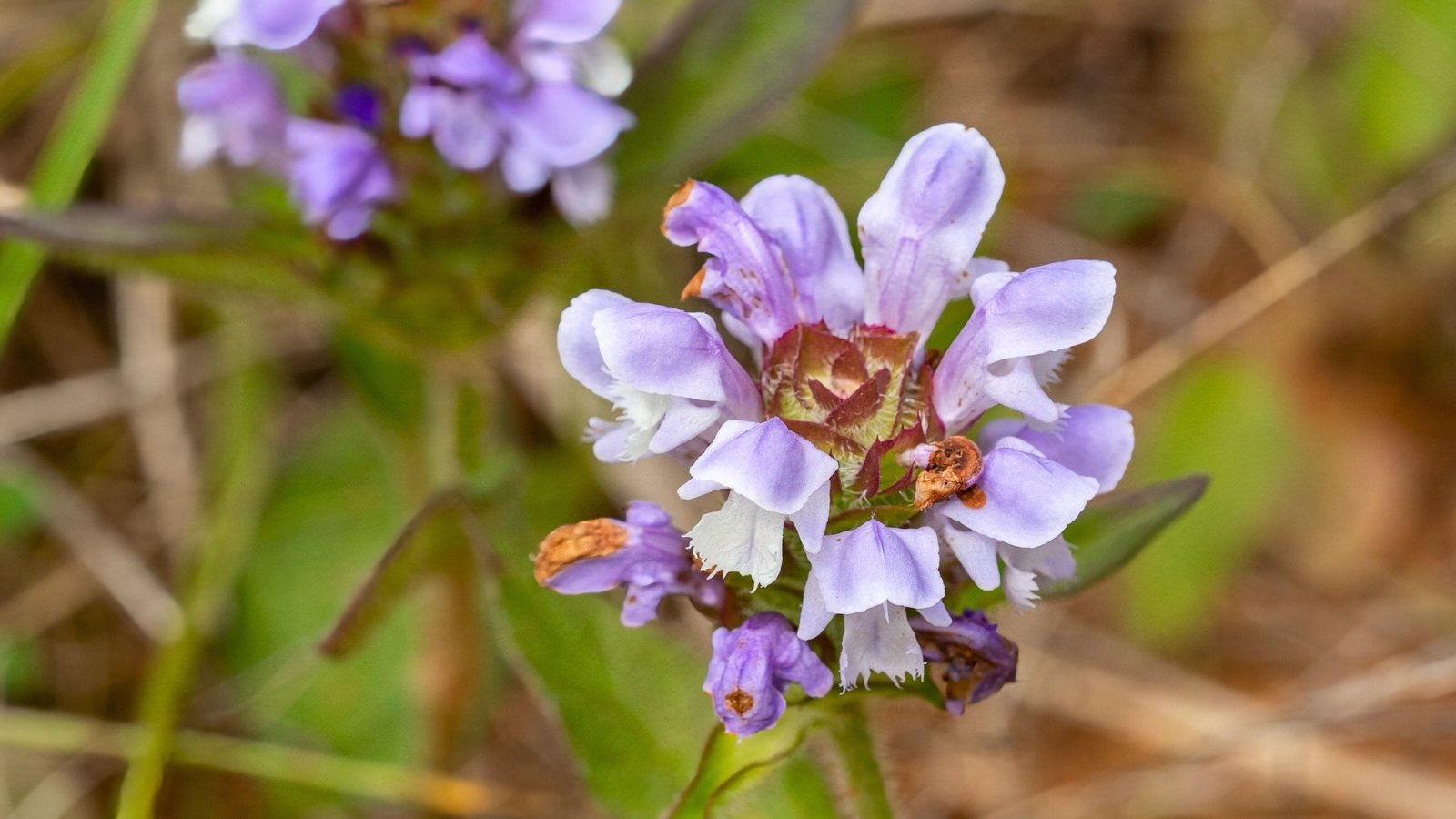

Lance selfheal has purple bloom spikes that entice pollinators in droves. Its nectar and pollen-rich flowers emerge in spring by frost.
The highly effective perennial spreads readily and is an efficient alternative for slopes and eroded zones. It moreover makes an outstanding backyard varied and handles foot web site guests and mowing. It flowers even when saved low.
As a speedy spreader, selfheal is an efficient match for areas with room to run. In another case, it has a weedy tendency and will outcompete shut by perennials.
Dudleya
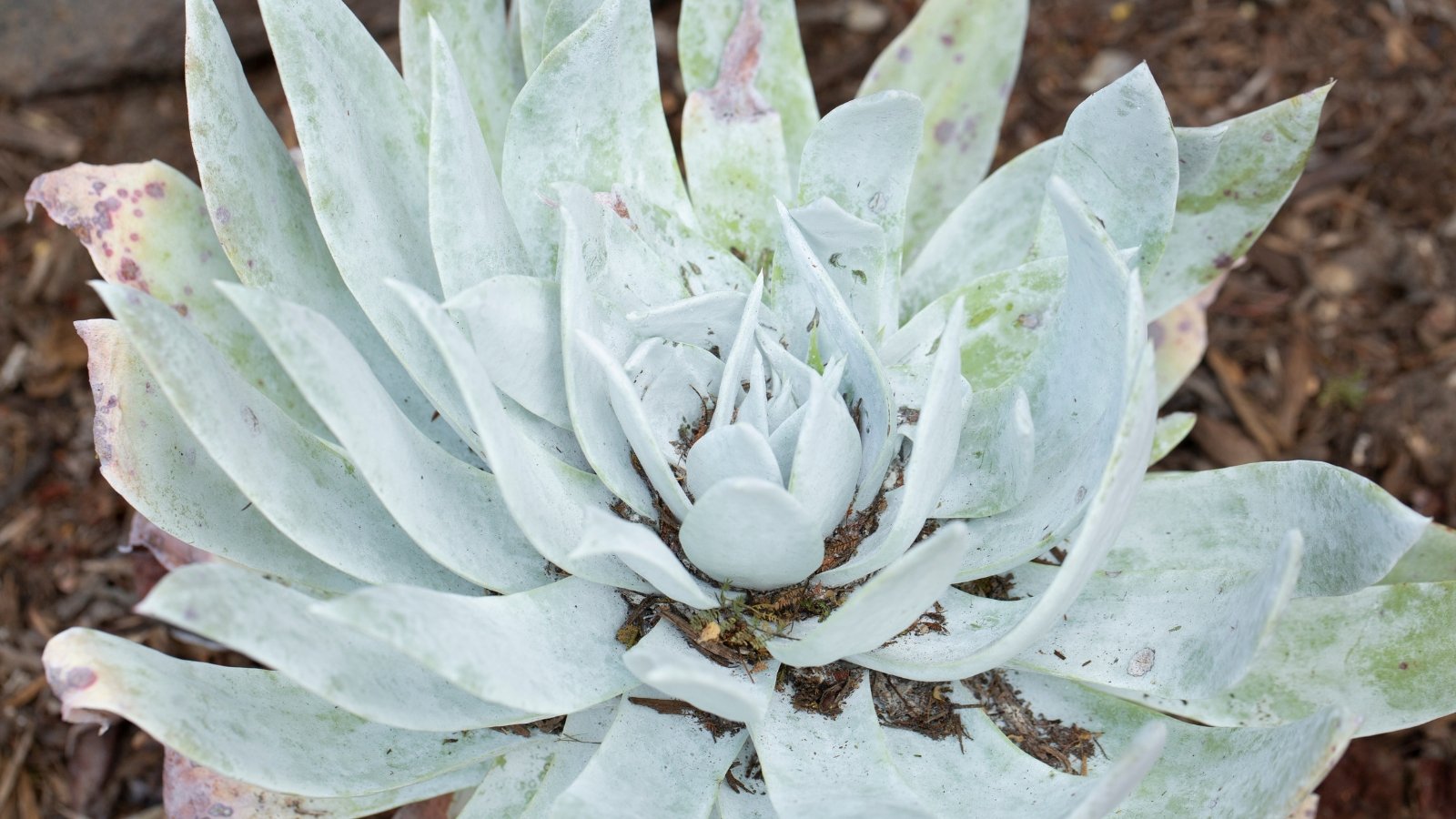

Dudleyas are dynamic western succulents in numerous sizes and kinds. Moreover known as ‘liveforevers”, they adapt to troublesome web sites in marginal habitats. Dudleyas kind single rosettes or low colonies and stand out with distinctive foliage, flowers, and low maintenance needs.
Dudleya farinosa is small, easy to develop, and kinds a colony of pale inexperienced leaves with crimson edges. The crimson coloration intensifies within the summertime heat, and clusters of yellow spring flowers entice hummingbirds and totally different pollinators.
Britton dudleya is a popular species that sorts a rosette of flattened blue-gray padded leaves. In spring, flower stalks rise over a foot tall with pale yellow blooms. This Baja native and Award of Yard Profit species grows on the coast. It moreover grows inland with security from freezing temperatures.
Look to chalk dudleya (D. pulverulenta) to supply crimson flowers. This species occurs naturally in coastal scrub and chaparral from the central coast all the best way all the way down to Baja.
Dudleya clings to rocky outcrops and works correctly spilling over rock crevices, on slopes, or nestled in rock partitions. Nonetheless, keep them dry within the summertime and provide well-draining soils to mimic pure circumstances.
Woodland Strawberry
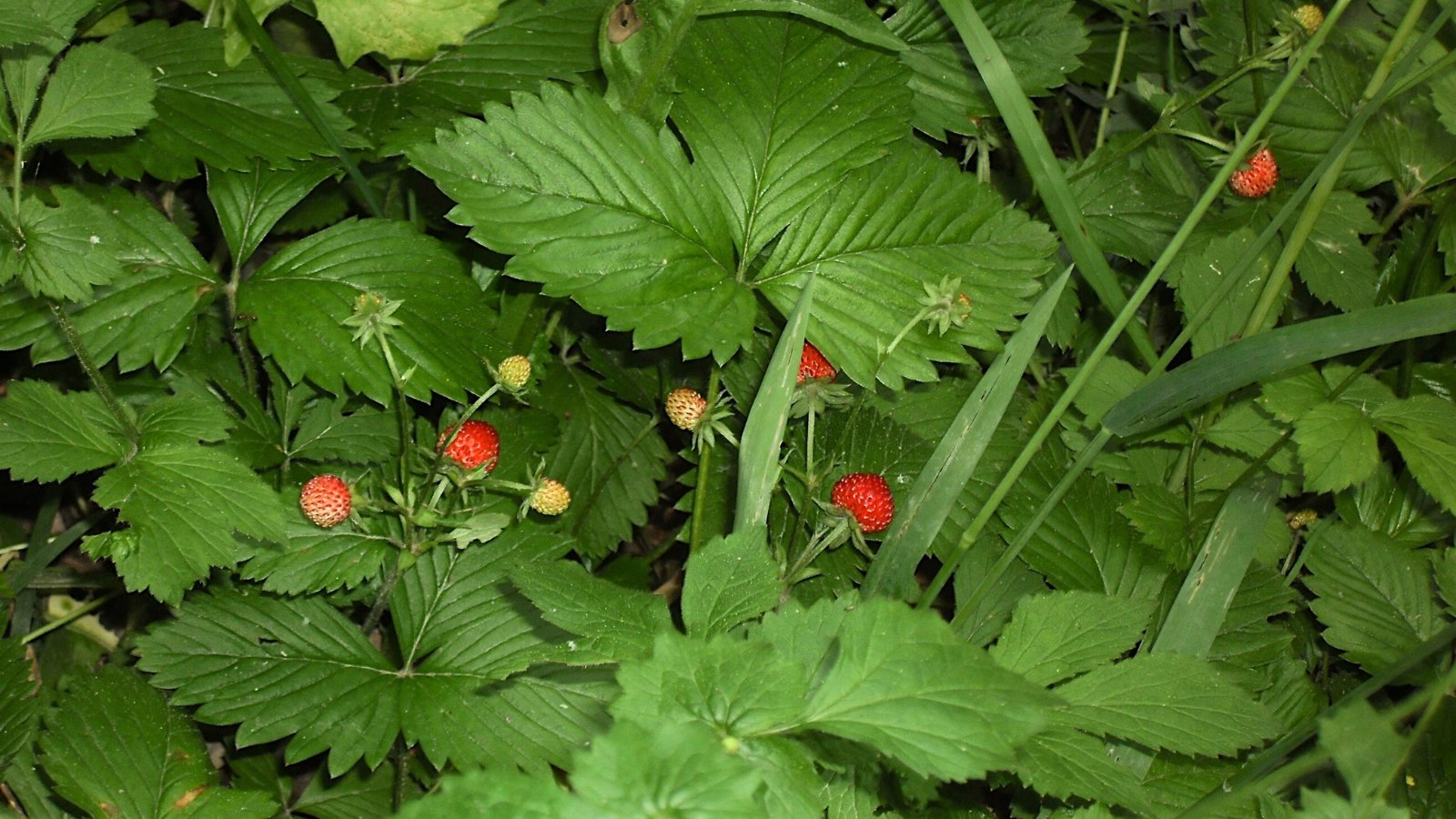

These wild strawberries are vigorous spreaders with edible fruits. The low-growers have working stolons from basal rosettes of up to date inexperienced, sharply-toothed leaves.
Glowing five-petaled, pinkish-white blooms appear in summer season to brighten the understory. Their nectar and pollen-rich services in shiny yellow entice bees, butterflies, and totally different useful bugs. Furthermore, the petite crimson berries are everbearing and intensely sweet and flavorful.
Wild strawberries thrive in evenly moist, organically rich soils with good drainage. F. vesca is indigenous to temperate areas of the Northern Hemisphere.
Fragaria chiloensis (seaside strawberry) grows naturally in dunes and grasslands alongside the Pacific coast from Alaska to Hawaii and South America. The tasty berries from shiny white blossoms are further fairly a number of than on the woodlanders.
